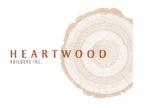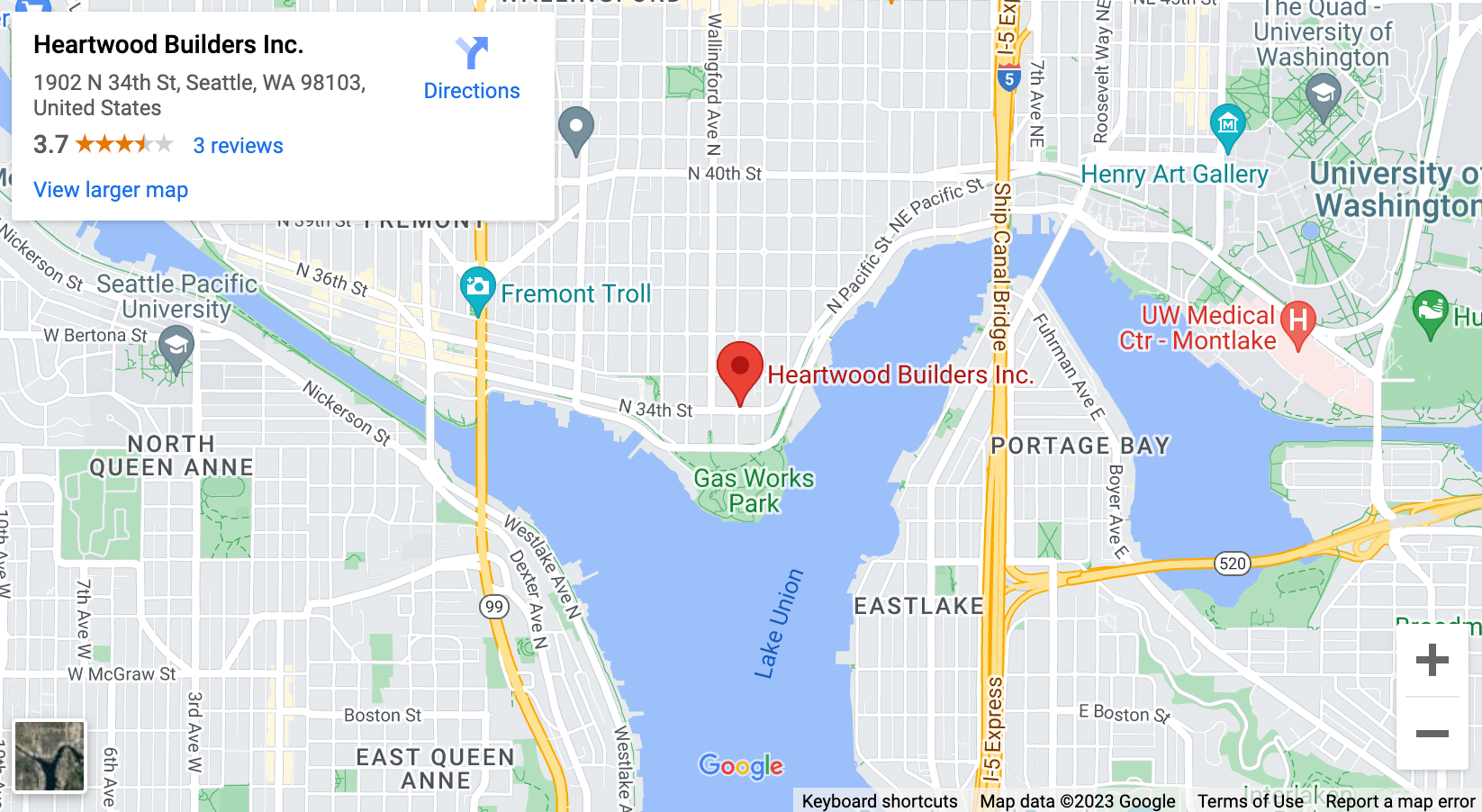Modern man’s relationship with nature is often distant. Some argue that modern living—despite its creature comforts, conveniences, high-tech devices, and fast access to information—has had a profound effect on the way people live with and understand nature. One of architecture’s most beloved figures, Francis Lloyd Wright, once said that he “believed in God only he spelled it nature.” His childhood experiences of working on his uncle’s farm informed his contention that, despite nature’s mysteries, man and the natural world could live in harmony. He designed his buildings with this idea and was known for incorporating the natural world into his work. Building a modern custom home does not mean shutting nature out. On the contrary, finding a sustainable builder ensures you find a home that uses nature’s inspiration in its design and home features.
You can bridge the connection to the outside world with the right home features. Check out a few of the options people often consider.
Considering Home Features That Highlight Nature in Your Home
Invite the outdoors in while maintaining low energy costs and keeping away the critters. A sustainable custom home is one way to maintain a strong connection with nature in a state-of-the-art and modern environment.
The 21st Century Sunroom
To many people’s surprise, the sunroom is not a new concept. Early iterations of the sunroom could be seen as early as medieval Italy. They were used as a type of greenhouse, a place used to keep botanical gardens. In 17th century England, sunrooms (or solariums) became popular with the upper class. It was a way to access as much sunlight as possible and maintain room temperature. Other iterations also involved screened porches that functioned as an additional space of the home that was closely connected to the outdoors.
The basic modern design of a sunroom involves a glass-walled space attached to the side of the house. The walls are made up of large windows that allow for an abundance of sunlight. These are great options for the modern homeowner, as today’s Low-E glass can keep energy costs down, temperature regulated, and allow the beauty of nature to illuminate an entire part of your home.
Natural Lighting as a Design Principle
Homebuilders incorporate the lighting design as part of the architectural floor plan. Today’s modern homes—especially those built with sustainability in mind— will want to maximize the amount of natural lighting and consider light levels, other types of lighting, and types of light fixtures. By infusing a home with natural lighting, the home feels more inspired.
Design strategies for improving natural lighting include the careful consideration of the window-wall ratio. Your custom home builder can discuss how your orientation and the number of windows in your home can significantly impact the natural lighting.
There are real biological reasons why natural lighting is now a huge part of the conversation. Natural light:
- Promotes Vitamin D production
- Enhances productivity
- Supports vision
- Boosts emotional states and moods
Access Circadian Rhythms as Another Lightning Component
Strategically adding sunlight to our homes is not the only way to incorporate nature. Considering natural lighting patterns, color, and intensity, and masterfully supplementing the natural lighting can help with establishing natural circadian rhythms and improve mood.
Consider the Home Orientation
The direction your home’s front facade faces will have an impact on how much sunlight your home receives. Different types of orientation will mean different amounts of sunlight at different types, so it can be a consideration for custom home builders that are looking for ways to maximize natural lighting. In the northern parts of the country, south-facing homes receive a good amount of sunlight. Homes that face the east, for example, will have plenty of morning sun.
Eco-Friendly Fireplaces
It’s no secret that man’s relationship to fire is one made in the throes of early civilization. Without fire, the species would have had a harder time surviving harsh environments, cooking animal meat, and heating the home. While traditional wood-burning fireplaces are beautiful, many homeowners worry about their environmental impact—given the need for real wood and the production of carbon monoxide. And yet, there is some innate connection with fire and reading by the fireplace that calls many homeowners.
So here are some eco-friendly fireplace alternatives:
- Ethanol: These fireplaces will burn ethanol, derived from sugarcane and corn.
- Electric: These fireplaces do not produce fumes or greenhouse emissions. They are also quite efficient, as 100% of the energy is converted into heat.
- Pellet: The pellet-burning fireplaces use small pellets that are made out of tree bark, compressed sawdust, or other organic materials. These are also a favorite, as they are efficient and produce little pollution.
- Gas: This fireplace mimics the traditional wood-burning fireplace. It still runs on fossil fuels but is a little more efficient and produces lower emissions.
A Custom Home Builder That Builds with Nature In Mind
Here, at Heartwood Homes, we focus on finding environmentally sensitive options for materials, applications, and other features of the home. Our philosophy is about finding raw materials that convert to a comfortable home that uses less energy, less water, and embraces nature. A custom home from Heartwood means you are choosing a sustainable builder.
Want to learn more about our building philosophy? Call Heartwood Homes today.

